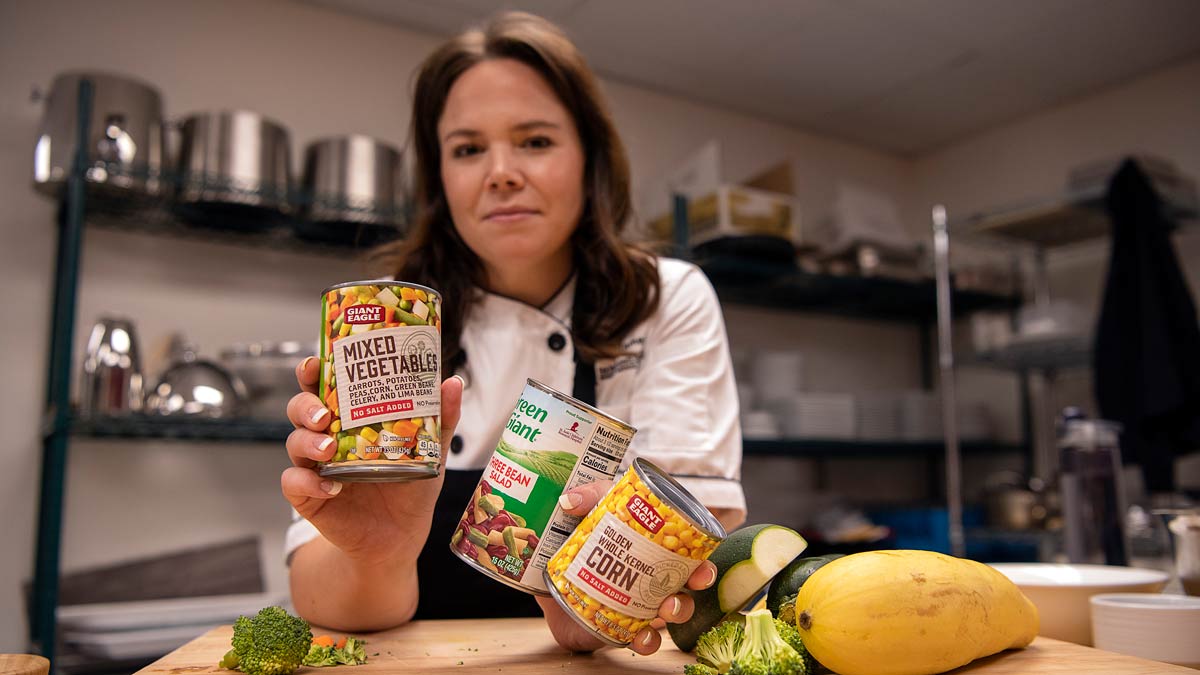Meat labels: What is fact and what is fiction?
From “natural” to “organic,” there are many terms to consider.
When it comes to buying meat, you’re often inundated with various terms plastered on the packaging that may confuse you: Natural. No antibiotics. Organic. Certified humane. What exactly do these terms mean? And should they influence our buying decisions?
Jessica VanCleave, registered dietitian at the Ohio State Wexner Medical Center, helps us sort these labels out and provides insight into what to do if you’re puzzled in the meat aisle.
“Natural” means the animal was raised without antibiotics or hormones: FICTION
The term “natural” is perhaps the most vague and misleading certification among the plethora of labels. While it is government regulated, “natural” only means that no artificial colors or ingredients were used in the meat processing.
“No antibiotics” and “no hormones” are USDA certifications: FACT
To receive the “no hormones administered” or “no antibiotics added” label, meat producers must document and verify with the United States Department of Agriculture (USDA) that no hormones or antibiotics were used in the raising of the livestock. It’s important to remember that these terms are unrelated to the animal’s ability to pasture-graze, to the meat processing information or to the animal’s diet.
The more certifications meat has, the healthier it is: FICTION
Don’t assume a particular cut of meat is healthier because it is labeled “natural,” “certified humane” and raised with “no hormones.” While this could be the case, it is important to research each term individually, particularly if the label is certified by a third-party organization rather than by the USDA. The benefits might lie among animal welfare rather than personal health.
“Certified humane” and “American humane certified” labels are government regulated and issued: FICTION
“Certified humane” and “American humane certified” are just a few of the certifications that come from third-party organizations. It is important to research the organizations and review and understand their standards prior to purchase.
“Not all third-party organizations are equal in their standards,” explains VanCleave.
In general, “humane” means that the animal’s well-being was prioritized from birth to slaughter.
If you’re concerned about animal safety and well-being, “organic” is typically the best option: FACT
“Organic” is a USDA-certified term, and it necessitates that animals are able to graze on pasture, fed organic feed and are not raised with hormones, pesticides or antibiotics. If you’re looking for “no hormones” or “certified humane” labels, choosing organic might be the best option. VanCleave explains that it all depends on what is important to you.
Animal products are a major source of saturated fat: FACT
Saturated fat – the type you should limit – is prevalent in animal products. This fat is noticeable in steak, but less apparent in ground beef. This is why it’s important to pay attention to the percentage of saturated fat.
“The higher the lean-to-fat ratio, the healthier the product.”
VanCleave suggests aiming for ground beef that is at least 90 percent lean and 10 percent fat. Round and loin are typically the leanest cuts.
Ground turkey is always healthier than ground beef: FICTION
While ground turkey is typically leaner than ground beef, there are no ground poultry standards for lean to fat percentages. The rule of thumb for ground beef percentages also applies to turkey: look for meat that is at least 90 percent lean and 10 percent fat.
The best way to benefit your health is to cut back on meat as a whole: FACT





